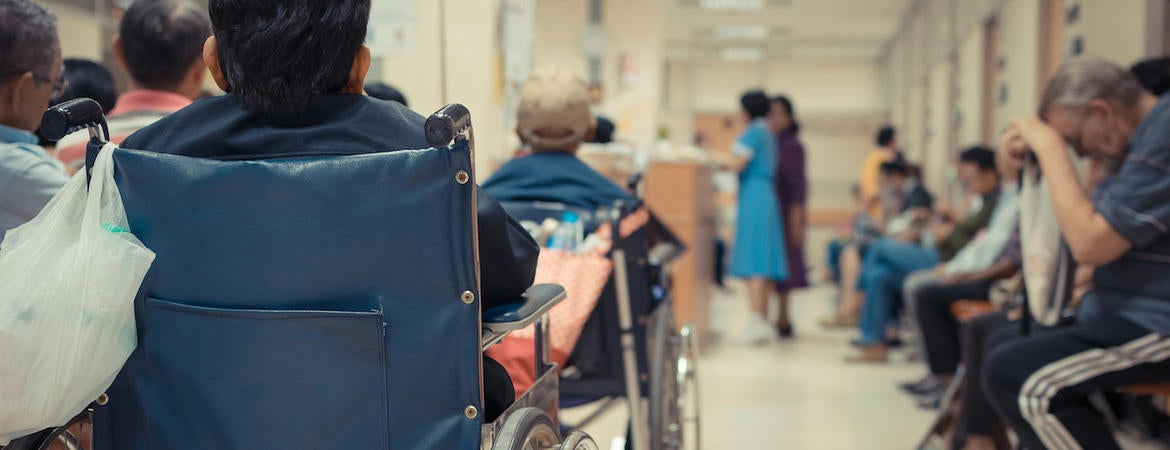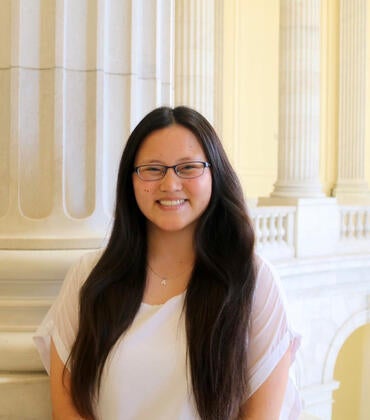
The University of California, Riverside, has received a grant of $16 million from the National Institutes of Health, or NIH, to focus on and help reduce health disparities in inland Southern California, particularly among Latino communities that make up about 49% of the region’s population.
The five-year grant will allow the School of Medicine to launch the Center for Health Disparities Research at UCR, or HDR@UCR, bringing together environmental scientists, biomedical scientists, and social scientists to study health disparities.
Inland Southern California, currently home to about 4.3 million people, has an acute shortage of primary care physicians, with 35 physicians per 100,000 people. Comprised of Riverside and San Bernardino counties, the region performs poorly compared to other regions in the state in almost all measurable health outcomes — especially in diabetes and coronary heart disease.
Among California’s 58 counties, San Bernardino County ranks second worst in diabetes-related deaths; Riverside County is 10th worst in deaths due to coronary heart disease. In San Bernardino County, Latinos have a diabetes-related death rate that is 50% higher than whites. In Riverside County, Latinas have the highest incidence of cervical cancer.
“HDR@UCR will use a community-based approach to assess and improve the health of underserved populations in inland Southern California,” said Dr. David Lo, director of the center and senior associate dean for research in the School of Medicine. “We think the knowledge the center produces will inform approaches to address health disparities that Latino communities and marginalized populations experience elsewhere in the country.”
Lo, a distinguished professor of biomedical sciences, explained that HDR@UCR would be established in partnership with the College of Humanities, Arts, and Social Sciences and the School of Public Policy, and organized around a set of “cores” to support and train the center’s members to do research in health disparities. Colleges from across campus will be involved in the cores that include community engagement and dissemination; investigator development; research infrastructure; recruitment; and administration.
Juliet McMullin, co-director of HDR@UCR and a professor of anthropology, will lead the community engagement and dissemination core. She stressed that collaboration with the community at the start makes the research more robust and the findings more applicable to the communities where they are disseminated.
“The community-engaged approach shifts the research focus from research ‘on’ to research ‘with’ people and creates opportunities for biomedical and clinical researchers to frame problems from the perspective of what’s relevant and important to the community whose lives are impacted by our research,” said McMullin, who chairs the Department of Anthropology.
HDR@UCR will support a number of research projects, including two key projects based in the medically underserved eastern Coachella Valley, a region with only one physician for every 8,407 residents, and a large population of U.S.-born and immigrant Latinos. The first project will focus on the impact of aerosolized particulates on health. The second project will explore the relationship between infant feeding styles and practices in low-income Latino families to infant growth and obesity.
“The complex problems of health disparities require input from multiple perspectives,” said Bruce Link, a distinguished professor of public policy and sociology and a co-principal investigator of the NIH grant. “For this reason, HDR@UCR seeks to integrate social and environmental perspectives with biomedical approaches to achieve a more complete understanding of the sources and consequences of health disparities in inland Southern California.”
Ann Cheney, an assistant professor in the medical school’s Center for Healthy Communities, is co-investigator with Maria Pozar, a community organizer at the Salton Sea, and others on the first project aimed at assessing the impact of aerosolized particulates on health, which will include an investigation, led by Lo, of childhood asthma among Latino populations near the Salton Sea.
“Two health clinics serve the communities at the Salton Sea,” Pozar said. “Residents say they wait a long time to be seen. People who have health insurance take the bus farther out, to Indio, or a place where they can be seen and treated in a timelier manner. Residents without health insurance self-medicate or use home remedies.”
Cheney and Tanya Nieri, an associate professor of sociology, are the principal investigators on the second project focused on early childhood obesity. This project will take place in Riverside, Orange, and Imperial counties.
“Research shows that intervention in early childhood is more effective in preventing obesity,” Nieri said. “Furthermore, we're learning more about how obesity risk begins in early childhood. Existing early childhood interventions, particularly those focused on nutrition, need to incorporate this new knowledge.”
HDR@UCR will soon offer grants to UCR researchers interested in working on health-disparity projects. The center will also create interdisciplinary research workgroups that can apply for funding to meet their objectives. These groups will include junior researchers, who, in turn, can apply for pilot grants to help them get established as independent investigators. A community engagement studio is also planned to seek regular feedback on the center and health care priorities; it will serve as a hub for community-engaged proposal development, implementation, and dissemination activities.
Projects of interest to the center include those that examine mental health in Latino communities, study access to good nutrition in those communities, and investigate how living conditions, as well as cultural and environmental factors, contribute to health disparities. The center will also fund “continuity collaboratives” through fellowships to graduate students and postdoctoral scholars interested in taking on research projects that can become vulnerable once students working on them graduate.
“We also hope HDR@UCR will continue to foster and expand an academic environment at UCR that is sensitive to the needs of our community,” Lo said. “We plan to hire diverse faculty. Fortunately, a good number of our medical students come from our community; many may want to join our faculty and further strengthen ties to their communities. We expect HDR@UCR will serve as a model not only for other UC medical schools, but also those across the country on how to do community-based and community-informed research.”
Research reported in this publication is supported by the National Institute on Minority Health and Health Disparities of the NIH under award number U54MD013368. The content of this news release does not necessarily represent the official views of the NIH.



